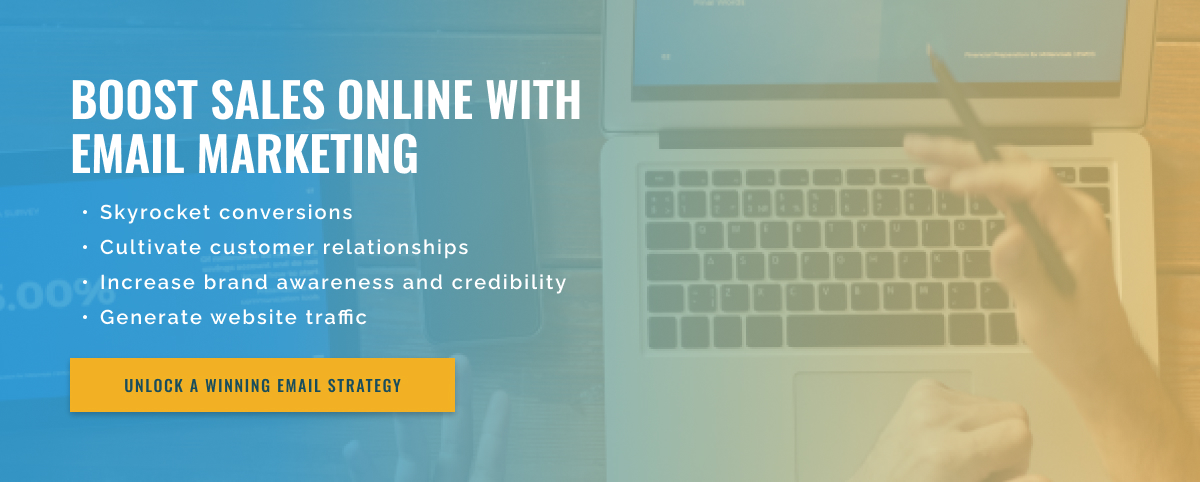3.5 minute read
How Email Marketing Works
Email marketing has become a popular and effective tool for companies to reach customers and promote their products or services. It involves sending targeted emails to a list of subscribers in order to convert them into customers or maintain their loyalty. In this blog, we delve into the mechanics of email marketing and understand how it works.
The first step in email marketing is building an email list. Collect email addresses of people who have shown interest in your products or services. This can be done through registration forms on the website, on social media, or at offline events. It’s very important to have a permissions-based list, which means your subscribers have opted in to receive emails from you. This will prevent your emails from being marked as spam.
Once you have a large and relevant email list, you need to create compelling content for your email campaigns. This includes subject lines, email content, and photos. The subject line of your message is the first thing the recipient sees, so it should be eye-catching and relevant. Email copy should be informative, persuasive, and personalized to match subscribers’ interests. Visual elements like images and videos can also make your emails more engaging.
The next step is to choose the email marketing platform where your campaigns will be sent. There are several platforms available that provide tools for designing, sending, and tracking emails. These platforms also have features such as segmentation, automation, and A/B testing that allow you to personalize your emails and increase their effectiveness.
Segmentation involves dividing your email list into smaller groups based on factors such as demographics, interests, or behavior. This allows you to send targeted emails to each segment, increasing the chance of conversion. Automation allows you to set up a series of emails that will be sent automatically based on triggers such as a subscriber action or a specific date. A/B testing can help you determine which elements of your email (such as the subject line or images) are more effective at engaging your audience.
Once you’ve sent your email, the next step is to monitor its performance. Email marketing platforms provide data on metrics such as open rates, click-through rates, and conversions. This data can help you analyze the performance of your email campaigns and make necessary improvements.
In short, email marketing is a powerful tool for businesses that allows companies to connect with their target audience and increase conversions. It includes building an email list, creating compelling content, choosing the right platform, and tracking performance.

